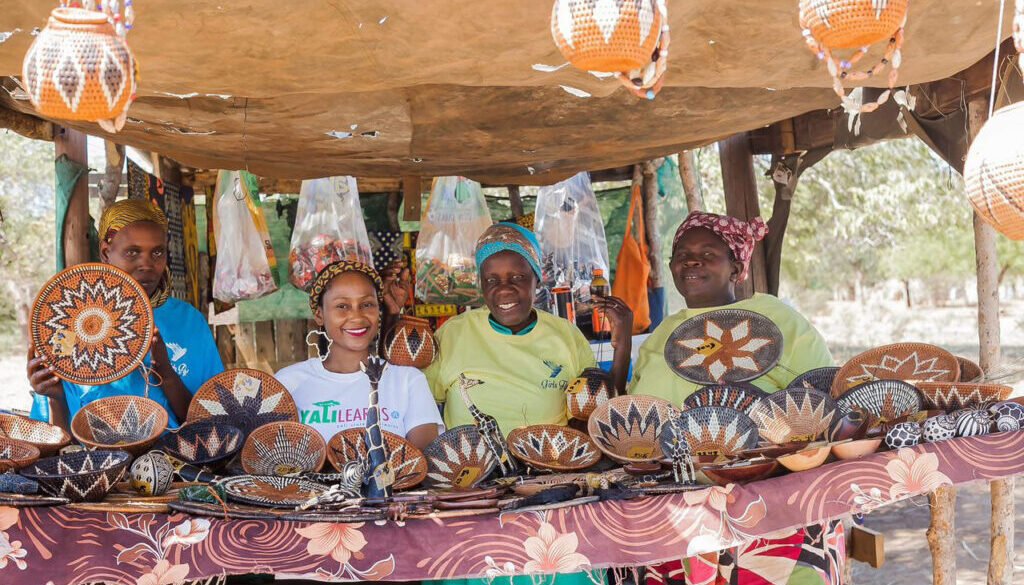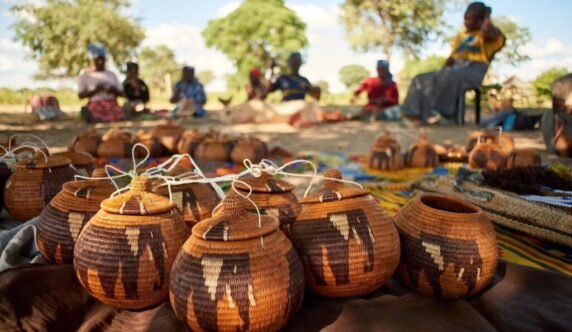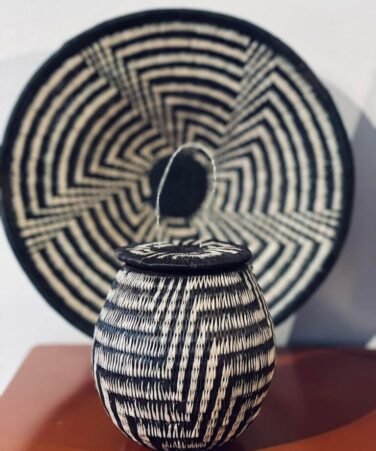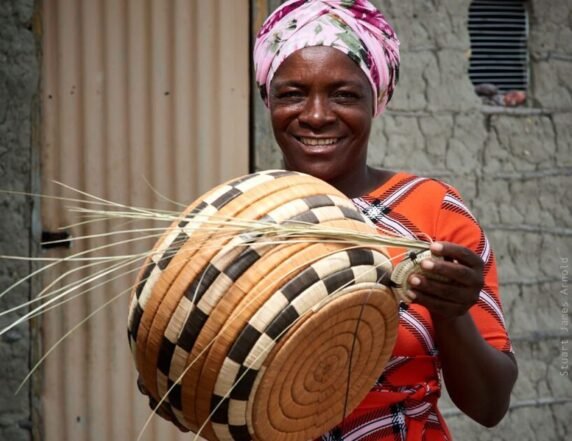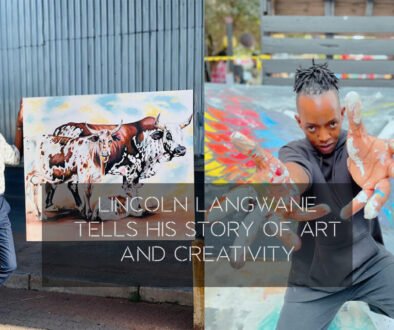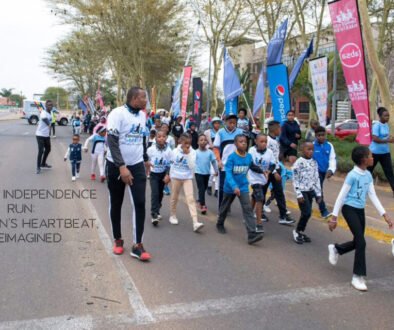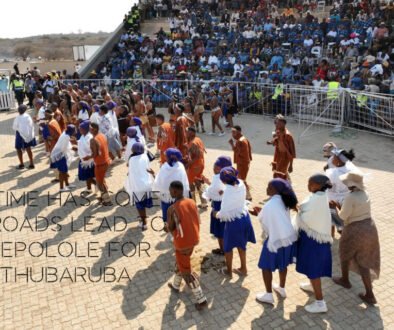Basket weaving in Botswana redefines culture
Basket weaving as a breathtaking art of culture
Culture really is such a phenomenal phenomenon. It is beautiful, inspiring and evolving. Most people create cultural activities and products from what exists around them. From just bare materials found in nature, the end products are breathtaking.
Weaving is an age-old tradition passed down from mother to daughter, a symbol of pride in a rich culture. Baskets are a popular craft product in Botswana, mainly woven by women of the Bayeyi and Hambukushu tribes in the Northwest part of Botswana. Some of the villages include Shorobe, Etsha, Maun, Seronga, Gumare and Shakawe.
Along the shores of the might Okavango River, many livelihoods depend on basket weaving; crafting supports the entire family and supplements an incomethat allows them to feed, clothe, and educate their children.
Crafthood endeavors to support this movement by hosting quality control and product development workshops and facilitating access to markets. In doing so, this ensures that weaving culture is preserved and will continue to evolve in the future.
Each basket patter has a unique story and different types of baskets serve different purposes; closed baskets with lids are used for storing harvests of grain and sorghum, while open bowl-shaped baskets are used to carry items like threshed and pounded winnowing grain.
Tears of the giraffe is one pattern of baskets found in Botswana. The giraffe cannot be hunted easily; however, one of these creatures could easily feed an entire village when caught by a traditional hunting band. While their long legs would usually allow them to outrun the hunters, good horses and dogs exhaust a giraffe’s stamina. Unable to run anymore, the giraffe would lie down as the hunters closed in with arrows and bows, crying a final plea for life.
Another pattern of a basket is the roof of the rondavel, representing the traditional thatching pattern used by the Wayei community. During their assimilation by the cultural majority of the Batswana, these indigenous peoples were forced to become serfs and construct their own accommodation. Using their artistic nature to create this trademark roof patter, the distinct nature of the thatching served as both a form of identification and an outlet of expression.
When walking behind a group of cows, women noticed that the urine of the animals fell in a back-and-forth pattern, as they were herded, thus inspiring the urine trail of the bull pattern.
Arguably the most popular pattern, forehead of the Zebra is a literal interpretation of a Zebra’s face. It specifically highlights the star-shaped marking on their foreheads. On the other hand, the knees of the tortoise patterns are inspired by the gentle V-shape created by the tortoise’s knees as it walks. The Elephant trunk, also known as Night and Day has evolved into a basket pattern.
Culture enthusiasts say that this pattern is inspired by the Ying Yang symbol; however, modern interpretations state that it is meant to represent an elephant trunk drinking water.
